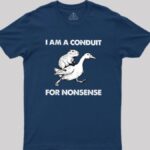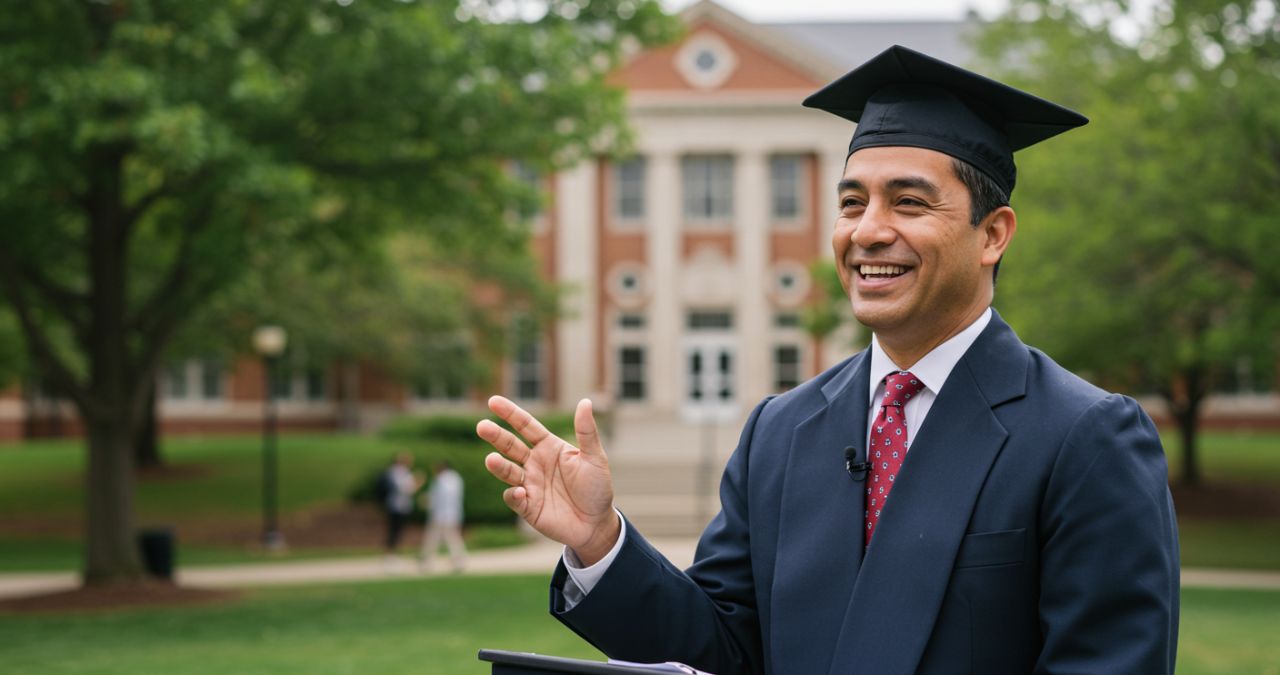Maintaining well-being is essential for seniors to enjoy a vibrant and fulfilling lifestyle. Prioritizing daily routines that nurture physical capabilities, cognitive sharpness, and meaningful social connections can dramatically improve the quality of life for older adults. Whether living independently or within an assisted living community, integrating activities that support holistic wellness is key to a happier, healthier aging experience.
Supportive environments foster comfort, safety, and opportunities for engagement, helping seniors thrive. Everyday activities are powerful tools that not only preserve independence but also spark new interests, skills, and friendships. The impact of these routines extends well beyond physical health, influencing mood, motivation, and a sense of belonging.
Promoting well-being through daily tasks involves collaboration among family, caregivers, and professionals, each contributing to a supportive and enriching environment. Simple activities—including games, gentle movement, and creative projects—can be tailored to suit every individual’s preferences and ability levels, transforming each day into a positive and purposeful experience.
Fostering Social Connections
Maintaining social ties is fundamental in preventing feelings of loneliness and depression, issues that are more common among seniors. Regular engagement with family, friends, or peer groups can significantly improve outlook and emotional health. Assisted living solutions often provide structured environments where residents can easily connect through shared meals, recreational activities, and organized events, fostering a sense of community. Community centers and interest-based clubs also organize activities designed to encourage socialization and group participation, making it easier for seniors to meet and bond with others.
Structured Social Activities
Book clubs, group meals, gardening clubs, or volunteer opportunities provide platforms for social engagement while catering to various interests. Staying connected—whether in person, by phone, or through virtual interactions—helps to sustain vital emotional bonds.
Incorporating Gentle Physical Exercises
Remaining physically active is foundational to healthy aging. While seniors have different energy levels and health needs, incorporating gentle exercises such as chair yoga, Tai Chi, or water aerobics can be highly beneficial. According to the National Institute on Aging, these three types of exercise can improve your health and physical function, enhancing flexibility, muscle strength, and cardiovascular health while minimizing the risk of injury or strain.
- Chair Yoga: This form of yoga uses a sturdy chair for stability during stretches and breathing exercises, promoting flexibility and relaxation without the risks of high-impact movement.
- Tai Chi: With its slow, steady movements, Tai Chi enhances balance and mental tranquility, making it particularly effective for reducing falls and chronic pain among older adults.
- Water Aerobics: The buoyancy of water provides resistance that strengthens muscles without stress on the joints, while the group setting can turn exercise into a social event.
Developing a routine that includes these activities supports not only physical but also social well-being.
Engaging in Mental Stimulation
Cognitive health is closely linked to overall well-being. Mental stimulation—such as completing puzzles, reading, or learning a new hobby—supports memory retention and mental agility. Regularly engaging the mind helps reduce the risk of cognitive decline and can be a delightful way to spend time.
Lifelong Learning and Hobbies
Exploring new subjects, languages, or skills activates the brain’s neuroplasticity, fostering lifelong curiosity and adaptability. Many communities and libraries offer free or low-cost classes for older adults, while technology enables access to online courses, audiobooks, and digital games.
Exploring Creative Pursuits
Creativity isn’t just about art—it’s also an essential outlet for emotional expression. Seniors who participate in activities such as painting, music, crafting, or even dance often experience reduced stress and a boost in overall morale. Creative classes or workshops offered in many senior communities allow for both skill development and social interaction, cultivating a sense of achievement and joy.
Participating in Intergenerational Activities
Interactions between seniors and younger generations benefit both groups. Storytelling, technology-sharing sessions, or collaborative art projects foster understanding and create memories. These activities can help seniors feel valued, provide opportunities for mentorship, and introduce new perspectives, while younger participants gain wisdom and life skills from older adults. Programs that facilitate these interactions are increasingly available in communities and schools, bridging generational gaps and fostering mutual growth.
Conclusion
Supporting senior well-being through everyday activities requires a comprehensive and flexible approach. By integrating physical movement, cognitive challenges, social interaction, creative projects, and intergenerational connections, seniors can benefit from improved health, happiness, and a sense of purpose. Whether living at home or in a supportive community setting, prioritizing these elements in daily routines will ensure a vibrant and fulfilling journey through later life.










